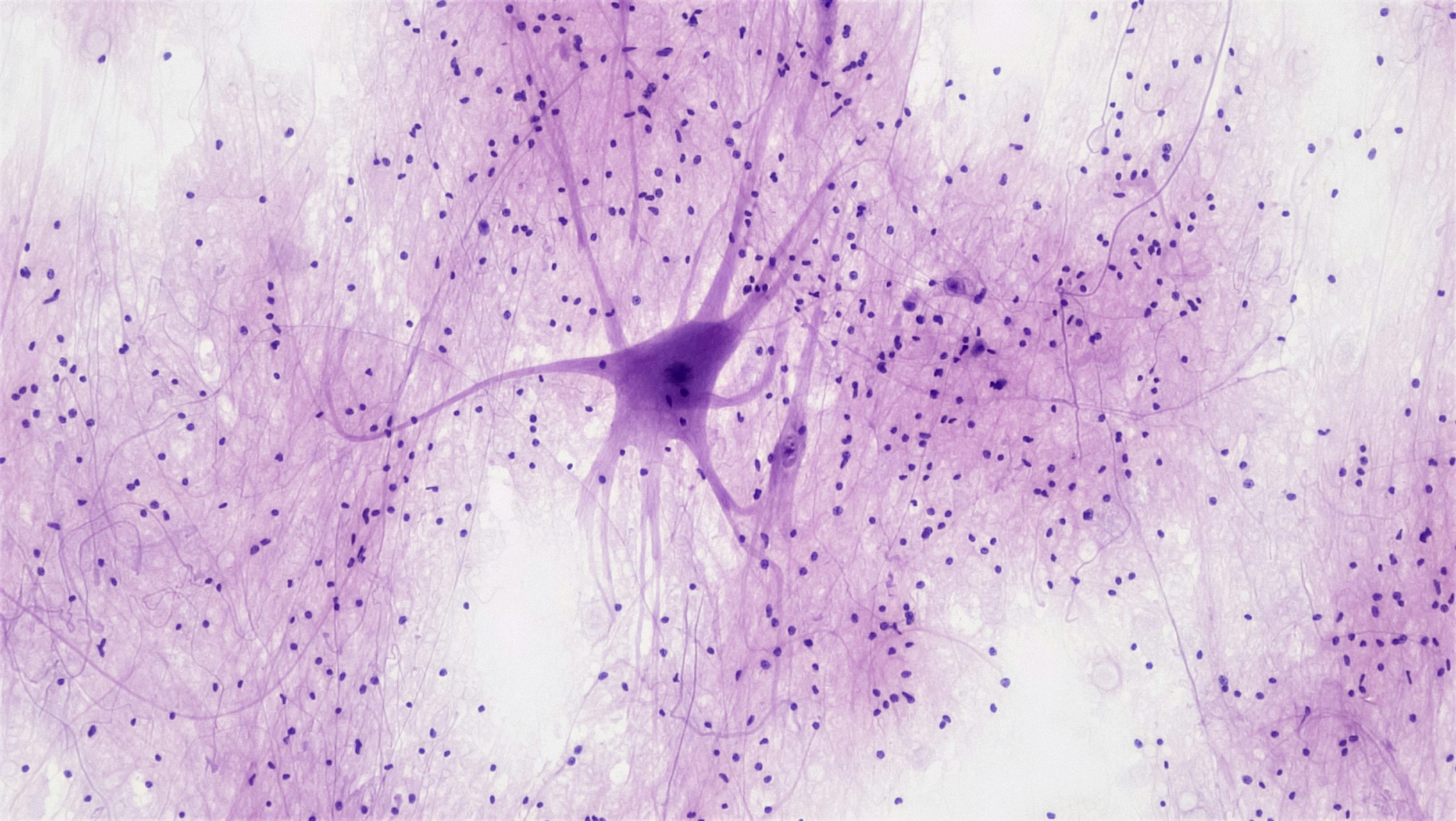Samuel Hughes, Year 12, Cardiff High School, Cardiff
One of the most important scientific discoveries that still affects the world today was predicted by Scottish physicist James Clerk Maxwell, realised by German physicist Heinrich Hertz and pioneered by Italian physicist Guglielmo Marconi. Since its discovery, it has made communication possible over vast distances, enabled billions of people to be informed and entertained, and is birthing breeds of the greatest technological advances in the history of our species: radio waves.
In 1865, Maxwell published his theory on the unification of electromagnetic waves, proposing that light, electricity and magnetism are all the same phenomenon – dubbed electromagnetic waves. This theory led Maxwell to predict the existence of radio waves in the 1870s. Putting this prediction to the test in 1886, Hertz formed an experiment whereby an induction coil provides high voltage AC electricity to a circuit. A small gap in the circuit, would generate sparks across it, producing electromagnetic waves that would give rise to an electric current in an electrical resonator a few metres away, displayed by another spark. This electromagnetic wave was a radio wave. This was a major discovery even at the time as it provided evidence for Maxwell’s unification theory, one that is now considered just as fundamental to physics as Newton’s laws of motion, and it took very little time for this breakthrough to find a practical application within the world of communication.
One of the key players in the history of radio wave technology was Guglielmo Marconi, an Italian physicist who was the first to demonstrate the telecommunication prospects of radio waves at short and medium distances. He began in 1894 at age 20 where he experimentally built from Hertz’s ideas in his parent’s attic. Only 5 years later, he sent the first radio signals across the English Channel and, in 1901, Marconi worked with John Ambrose Fleming on the first long distance transmitter and receiver of radio waves in the world. This resulted in the first radio signals being sent transatlantic the same year. This harnessing of the power of radio waves was certainly made it one of the principal discoveries of the 19th and 20th centuries as radio waves were quickly used in commercial radio stations to provide the public with information and entertainment through companies such as the BBC, and by the dawn of the Second World War, the technology was accessible enough that 75% of British households owned a radio by 1939. This meant that radio became an essential tool in the government’s arsenal for maintaining morale and informing the public of recent affairs. This allowed radio waves to preserve their status of leader of the telecommunications world for many years.
In the modern era, the significance of the discovery of radio waves may not seem so great, particularly within the context of a first world country. This is probably because what radio waves provide through radio stations and mobile phone signals is frequently over-shadowed by what their smarter and slightly pretentious younger brother ‘The Internet’ can provide. However, whilst in the UK internet access is considered nearly essential, 46.4% of the worldwide population (approximately 3.6 billion) do not have access. In much of sub-Saharan Africa, (where internet access rates are the lowest worldwide) the only option for communication are mobile phones, powered by radio wave mobile phone towers; landlines are too few and far between. Radio waves allow these people to stay in touch with relatives, stay informed using radio stations, book medical appointments, and conduct business with neighbouring towns and villages; supporting the health and economy of developing nations that have previously been left in the dust.
Within the developed world, recent advancements in radio wave technology comes in the form of 5G which has the possibility of yet again revolutionising how our species interacts with the world around us, thanks to it conceivably taking advantage of frequencies higher than 24GHz, permitting a true ‘Internet of Things’ where every aspect of society, from our fridges to our hospitals, are connected to one another. Radio waves were at the forefront of the progression of technology over 120 years ago and yet still not only are affecting how we live today but will continue to for decades to come.
Runner-up for the Schools Science Writing Competition, Trinity Term, 2020





